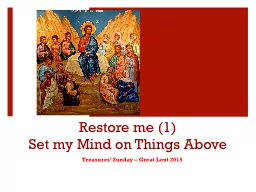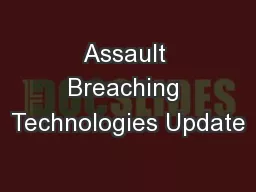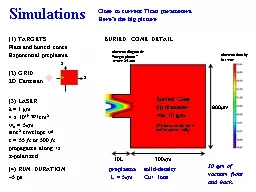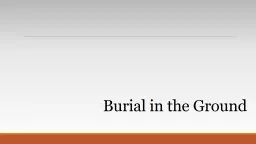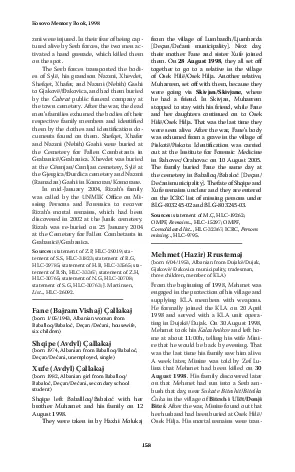PPT-The Buried in Treasures Workshop
Author : phoebe-click | Published Date : 2019-11-20
The Buried in Treasures Workshop Comes to Supportive Housing Lee Shuer amp Bec Belofsky Shuer CUCS amp Walter Berry June 1 st 2017 Today youll be hearing from Stacy
Presentation Embed Code
Download Presentation
Download Presentation The PPT/PDF document "The Buried in Treasures Workshop" is the property of its rightful owner. Permission is granted to download and print the materials on this website for personal, non-commercial use only, and to display it on your personal computer provided you do not modify the materials and that you retain all copyright notices contained in the materials. By downloading content from our website, you accept the terms of this agreement.
The Buried in Treasures Workshop: Transcript
Download Rules Of Document
"The Buried in Treasures Workshop"The content belongs to its owner. You may download and print it for personal use, without modification, and keep all copyright notices. By downloading, you agree to these terms.
Related Documents


